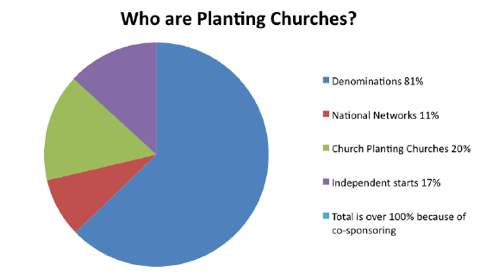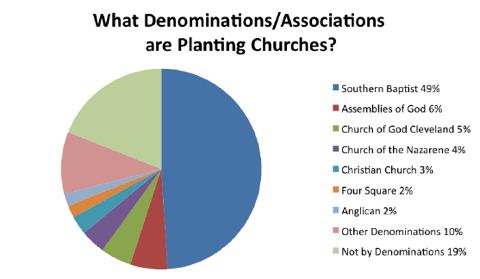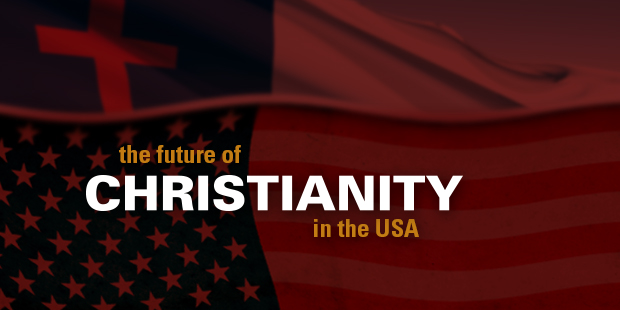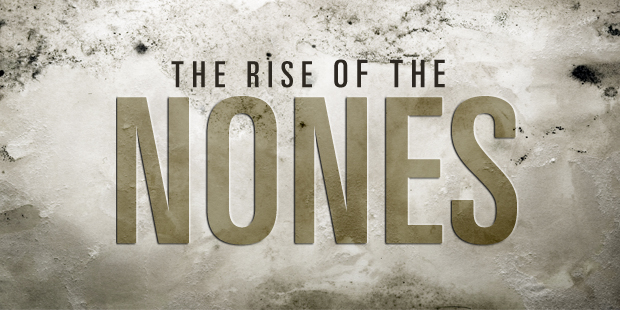
The Culture Around Your Church Determines How Best to Reach It
What makes Christianity contagious? We are sufficiently familiar with some of the answers: Contagious Christianity is imaginative, engaging, enthusiastic, and growing. Those four ways we know; but three others warrant some explanation.
Cultural Relevance
Culturally relevant expressions of Christianity are much more contagious than culturally alien expressions. The very early Christian movement had to schedule its first “council” to clarify and settle this important strategic principle. The first constellation of house churches—in Jerusalem, led by James, constituted a culturally Jewish expression of Christianity. Most (or all) of the believers in Jerusalem were Jews who affirmed Jesus as the promised Messiah. Keeping Judaism’s Sabbath laws and customs, and worshiping in Aramaic, were completely natural to them. Gentiles were very welcome in the Jerusalem church, if they submitted to circumcision, gave up their Gentile culture and adopted Jewish ways, and learned the Aramaic language.
There was, however, a problem. Up north in Antioch, Gentiles were becoming disciples and were not submitting to circumcision, and so on. So, as reported in Acts 16, James called a meeting in Jerusalem to settle the matter once and for all. Paul advocated that the faith should not impose one language and one set of customs on other peoples; the faith was called to adapt to every tongue and culture on the face of the earth.
Paul’s case prevailed, and the principle of (what came to be called) “indigenous” Christianity became the policy of the early Christian movement. Acts 16 reports the most important decision ever made to facilitate the expansion of Christianity—in every cultural context, in every age. But it would be an understatement to say that the Church has not consistently followed the policy.
Often, the Judaizing principle operates in more informal ways, short of official policy, in which Christian leaders simply assume that a specific dialect, and a sub-culture’s customs and aesthetic, are necessary for Christian expression and experience. This was one problem that John Wesley observed in his Church of England in the eighteenth century. The “common people” did not speak establishment Christianity’s language. They did not dress, conduct themselves, and enjoy the same kind of music that characterized polite, refined “Christian” society. How could such people become “real Christians?” You know the rest of the story. Methodism’s approach began on the people’s turf, and the approach adapted to the “common people’s” style, language, aesthetics, and music, and a contagious movement emerged—of, by, and for the people that establishment Christianity had written off as unfit for Christianization.
We should not assume, in most of our churches, that we are at all past that problem today. Many secular people are not like “good church people,” culturally, and they do not understand stained-glass voices and ecclesiastical jargon. In case you have not noticed, among the unwashed pagan masses, there is no epidemic interest in eighteenth century pipe organ music!
As Jesus, in the Incarnation, took on Galilean culture and spoke Galilean folk-Hebrew, so his Body the Church is called to extend such incarnational expressions to every people. Then Paul modeled the way, as he became “all things to all people” that “some might be saved.” The indigenous principle can be stated in one sentence. Each people’s culture is the natural medium for expressing God’s revelation to them.





























